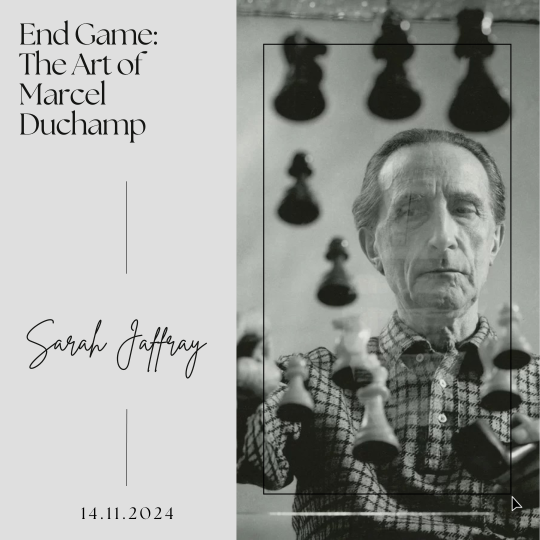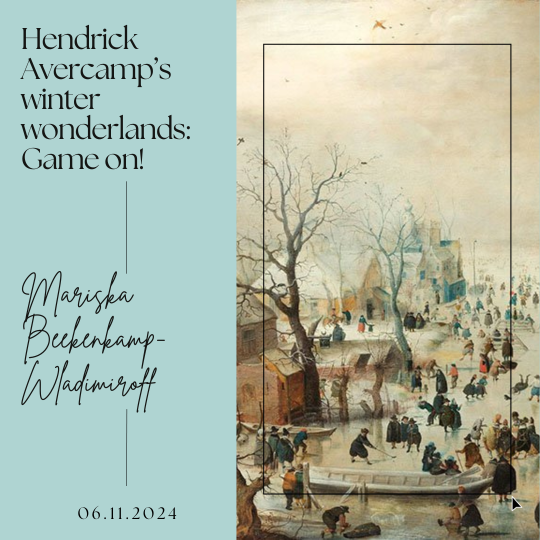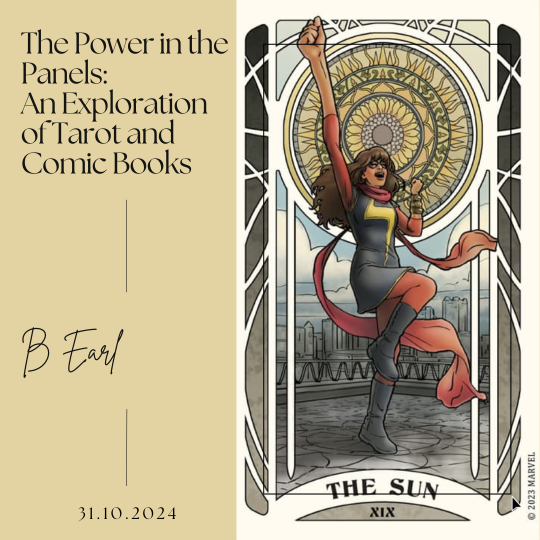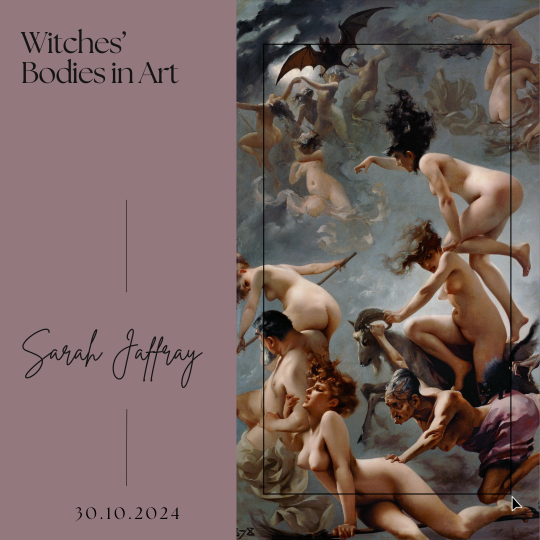How Humour Shaped Modern Art
written by art historian & curator
In the tumultuous aftermath of World War I, a radical artistic movement emerged that would forever change the landscape of modern art. Dadaism, characterized by its rejection of traditional aesthetic norms and its embrace of absurdity, satire, and humour, served as a powerful catalyst for artistic innovation. At the forefront of this avant-garde movement were two visionary artists whose groundbreaking works continue to resonate with audiences today: Marcel Duchamp and Hannah Höch.
Videos you may enjoy as well:
Duchamp’s contribution to the intersection of humour and art is profound and multifaceted. His ”readymades”, everyday objects re-contextualised as art, defied conventional notions of craftsmanship and aesthetic value, inviting viewers to reconsider the very definition of art itself. Perhaps most famously, Duchamp’s ”Fountain” was an artwork that challenged the sanctity of the art object and sparked debates about the nature of artistic intention and authorship. Duchamp and Höch performances, manifestos, and visual works were characterized by a spirit of anarchic playfulness, challenging viewers to confront the absurdity of existence in a world ravaged by war and upheaval. So how are their subversive strategies still relevant today? And is humour an important feature of art? If yes, how deep are its implications and do they apply only to visual arts?
Humour in Art
Humour in art possesses a unique ability to captivate and engage viewers by tapping into shared experiences, challenging conventions, and inviting critical reflection in a playful and accessible manner. Whether through satire, absurdity, or irony, humorous artworks have the power to elicit emotional responses, provoke thought, and foster connections between the artist, the artwork, and the audience.

Firstly, humour serves as a universal language that transcends barriers, allowing artworks to connect with viewers on a profound level. By exploiting common human experiences, anxieties, and desires, humorous artworks create a sense of immediacy that draws viewers in and encourages active participation. Whether through a clever visual pun or a witty commentary on contemporary society, humour helps viewers see the world from a new perspective, sparking laughter, recognition, and empathy.
Furthermore, humour can disrupt established norms, prompting viewers to question assumptions and reconsider their preconceived notions. Through satire and irony, humorous artworks critique power structures, social hierarchies, and cultural taboos, inviting viewers to engage critically with the underlying messages. By subverting expectations and defying conventional wisdom, humour opens up spaces for dialogue, debate, and dissent, empowering viewers to confront uncomfortable truths and imagine alternative possibilities.

Moreover, humour fosters a sense of playfulness and spontaneity that helps the audience to approach art with curiosity. By embracing the absurd, humorous artworks invite viewers to suspend disbelief and embrace the unexpected, cultivating a sense of wonder and delight. Whether through a whimsical installation or an interactive performance, humour transforms the gallery or museum into a site of exploration and discovery, where viewers are encouraged to let go of their inhibitions. From the absurd to the satirical, humour remains a powerful tool for artists to explore complex ideas and challenge societal norms with wit and irreverence.
The Masters of Subversions
Marcel Duchamp, often hailed as the progenitor of conceptual art, was a provocateur par excellence. His audacious act of submitting a urinal, signed with the pseudonym ”R. Mutt”, for display in an art exhibition challenged the very notion of what could be considered art. The piece, provocatively titled ”Fountain”, ignited a firestorm of controversy and debate, sparking conversations about the nature of artistic authority and the role of the artist in society. Yet, Duchamp’s subversive spirit extended far beyond ”Fountain”. Through his series of readymades – ordinary objects selected and designated as art – Duchamp dismantled the hierarchical structures of the art world, leveling the playing field between artist and viewer. His playful wit and irreverent humour were a form of guerrilla warfare against the elitism and pretension of the art establishment, posing into question the value systems that govern artistic production and consumption.

Meanwhile, in Germany, Hannah Höch was pioneering her own brand of Dadaism, infused with a feminist sensibility and a keen eye for social critique. As one of the few female artists associated with the Dada movement, Höch’s collages were a bold assertion of her presence and perspective in a male-dominated artistic milieu. Her works, often composed of disparate images culled from popular culture and mass media, challenged traditional notions of beauty, gender, and identity. Höch’s masterpiece, ”Cut with the Kitchen Knife Dada Through the Last Weimar Beer-Belly Cultural Epoch of Germany”, is a sprawling collage of images that satirises the political and cultural elites of Weimar Germany. Through her subversive juxtapositions and playful compositions, Höch skewered the hypocrisy and absurdity of the patriarchal power structures that governed German society at the time.
In contemporary art and culture, Duchamp’s legacy as a pioneer of humour in art remains palpable, influencing generations of artists who continue to employ humour as a potent tool for subversion and critique. One notable example is the rise of conceptual art, which owes a significant debt to Duchamp’s radical redefinition of the artistic gesture. Conceptual artists often employ humour as a means of interrogating the conventions of the art world and challenging viewers to rethink their assumptions about art and society. For instance, artists like Jeff Koons and Banksy have drawn inspiration from Duchamp’s irreverent spirit, creating works that blur the boundaries between high and low culture, art and commerce, sincerity and irony. Koons’ larger-than-life sculptures of banal objects, such as his iconic ”Balloon Dog”, playfully critique consumer culture and the cult of celebrity, while Banksy’s subversive street art employs humour to expose the hypocrisies of power and the absurdities of contemporary life.

Duchamp’s influence extends beyond the realm of visual art to other forms of cultural production, including literature, music, and performance. Writers like Samuel Beckett and Kurt Vonnegut, for instance, share Duchamp’s penchant for absurdity and existential playfulness, using humour as a means of grappling with the absurdities of the human condition. Similarly, musicians like Frank Zappa and The Residents incorporate elements of Dadaist absurdity and irony into their avant-garde compositions, challenging conventional notions of musicality and taste. In the realm of performance art and comedy, Duchamp’s legacy looms large as well. Performance artists like Marina Abramović and Laurie Anderson often employ humour as a means of engaging audiences and subverting expectations, blurring the lines between art and everyday life. Similarly, comedians like Andy Kaufman and Sacha Baron Cohen embrace Duchampian tactics of performance and provocation, using humour to expose the contradictions and absurdities of contemporary culture.
Maurizio Cattelan – ”Comedian” (2019)
One work in particular that attracted the attention of the art world in 2019 is the duck-tapped banana to a wall, a creation of the Italian artist Maurizio Cattelan. Its simplicity, absurdity, and audacity immediately captured the attention of the audience, generating widespread debate and speculation about its meaning and significance. At first glance, ”Comedian” appears to be a playful and irreverent gesture, questioning the boundaries between high and low culture, art and everyday objects. By elevating a mundane fruit to the status of art through the act of presentation, Cattelan challenges the conventional criteria by which we judge artistic merit. The humour of work lies not only in its conceptual gesture but also in its self-awareness and irony. Cattelan deliberately adopts the role of the trickster, poking fun at the pretensions of the art world and the commodification of creativity. The banana, a symbol of both sustenance and decay, becomes a playful foil for Cattelan’s subversive wit, inviting viewers to question the value systems that govern the art market and society at large, forcing us to confront our assumptions and biases about what art should be.

The banana, with its limited shelf life, serves as a reminder of the transitory nature of artistic fame and fortune, as well as the fleetingness of human existence. By presenting a perishable object as a timeless work of art, Cattelan forces us to confront our mortality and the absurdity of our quest for immortality through artistic achievement. The controversy surrounding ”Comedian” further underscores its humour and significance. From debates about the artist’s intentions to questions about the role of the art institution in validating conceptual artworks, the artwork has sparked a wide range of reactions and interpretations. Some have dismissed it as a cynical gimmick, while others have hailed it as a brilliant commentary on the absurdity of the art world. Either way, Cattelan’s “Comedian” exemplifies how humour can be a powerful tool for engaging viewers in a dialogue about the nature of art and creativity. By transforming a simple banana into a work of art that is at once absurd, playful, and thought-provoking, Cattelan seems to reconsider our preconceptions about art, reminding us that laughter can be a potent form of critique and revelation.





Leave a Reply